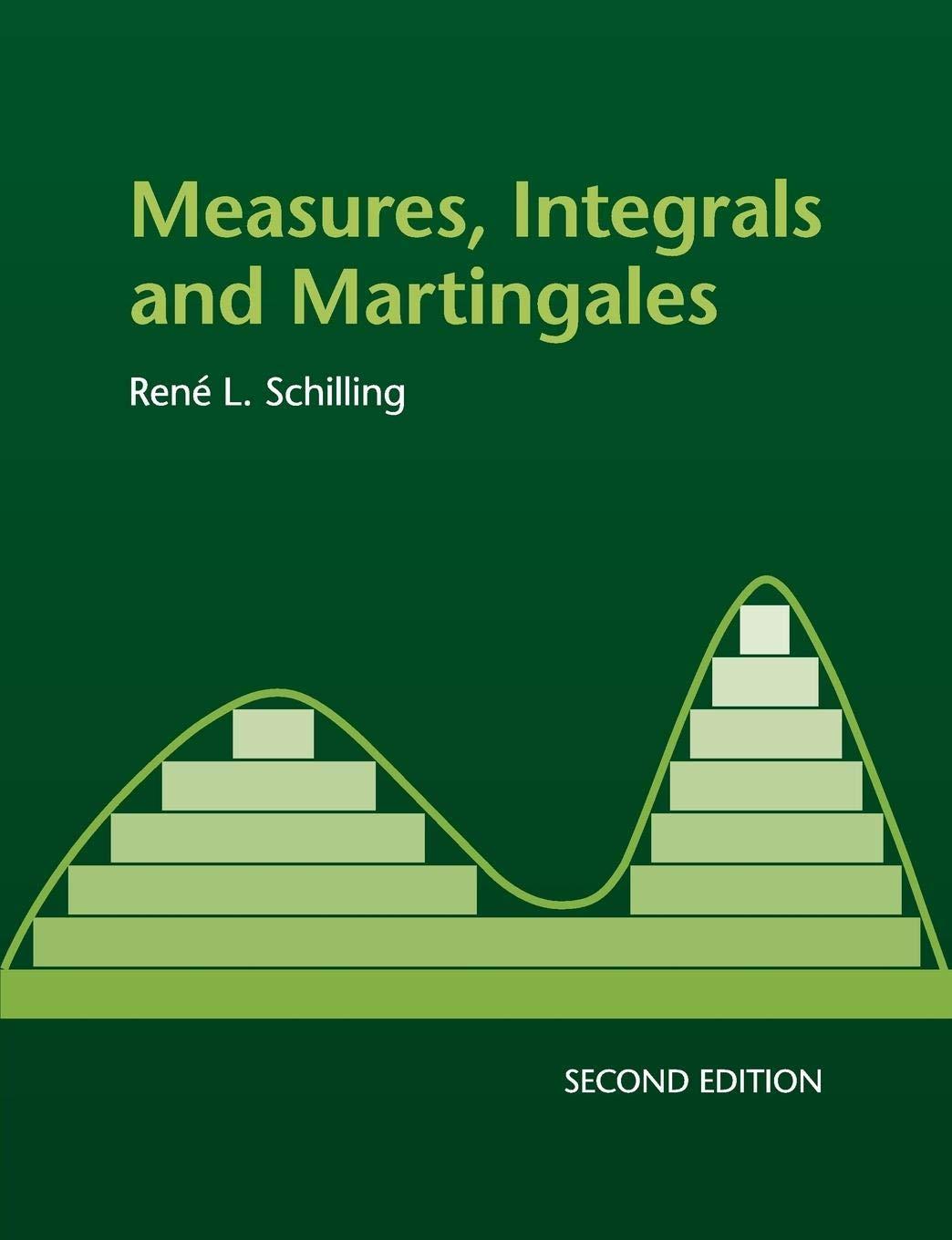Euler's gamma function. Show that the function [Gamma(t):=int_{(0, infty)} e^{-x} x^{t-1} d x, quad t>0] has the
Question:
Euler's gamma function. Show that the function
\[\Gamma(t):=\int_{(0, \infty)} e^{-x} x^{t-1} d x, \quad t>0\]
has the following properties.
(i) It is \(m\)-times differentiable with \(\Gamma^{(m)}(t)=\int_{(0, \infty)} e^{-x} x^{t-1}(\log x)^{m} d x\).
[ take \(t \in(a, b)\) and use induction in \(m\). Note that \(\left|e^{-x} x^{t-1}(\log x)^{m}ight| \leqslant\) \(x^{m+t-1} e^{-x} \leqslant M x^{-2}\) for \(x \geqslant 1\), and \(\leqslant M^{\prime} x^{\delta-1}\) for \(x<1\) and some \(\delta>0\) because \(\lim _{x ightarrow 0} x^{a-\delta}|\log x|^{m}=0-\) use, e.g. the substitution \(x=e^{-y}\).]
(ii) It satisfies \(\Gamma(t+1)=t \Gamma(t)\).
[use integration by parts for \(\int_{1 / n}^{n} \ldots d t\) and let \(n ightarrow \infty\).]
(iii) It is logarithmically convex, i.e. \(t \mapsto \ln \Gamma(t)\) is convex.
[ check that \(\frac{d^{2}}{d t^{2}} \ln \Gamma(t) \geqslant 0\). Convexity is discussed in detail in Chapter 13, pp. 123-124.]
Step by Step Answer:






